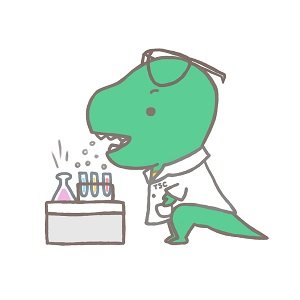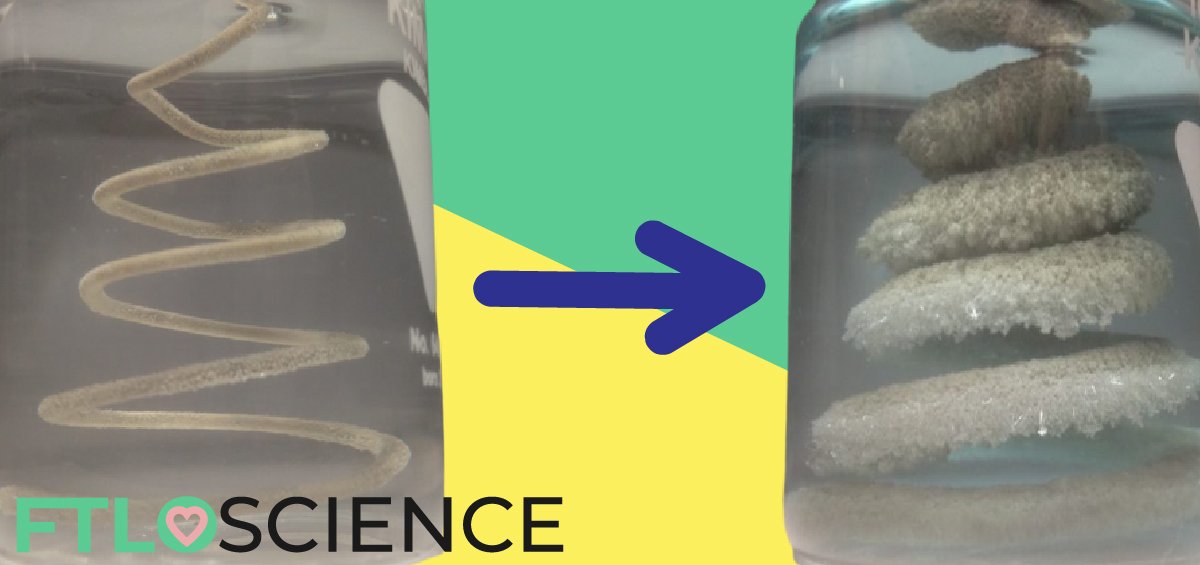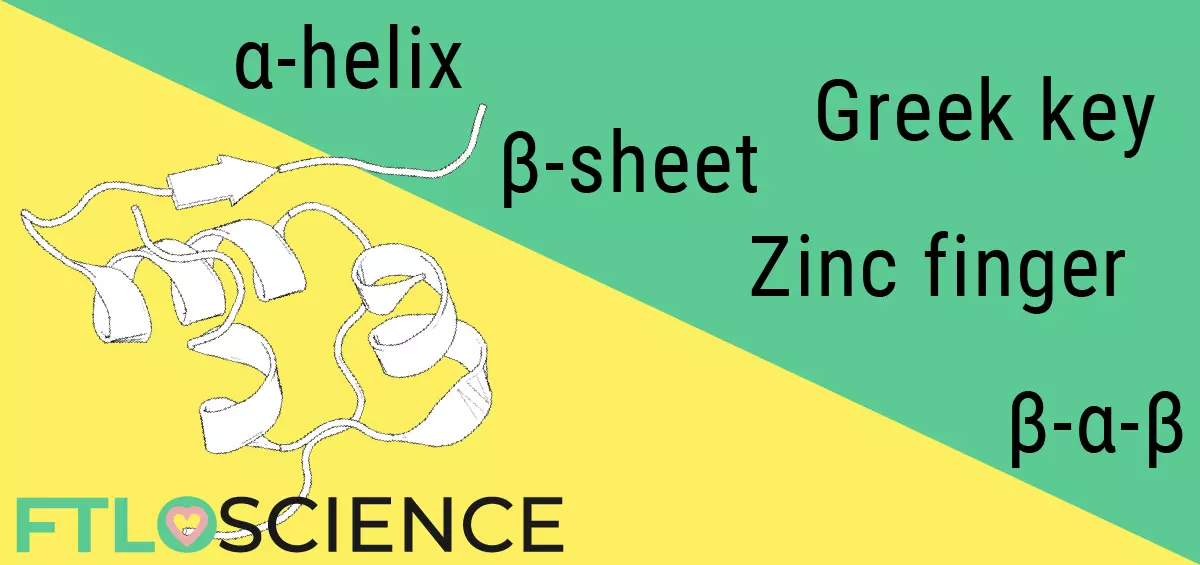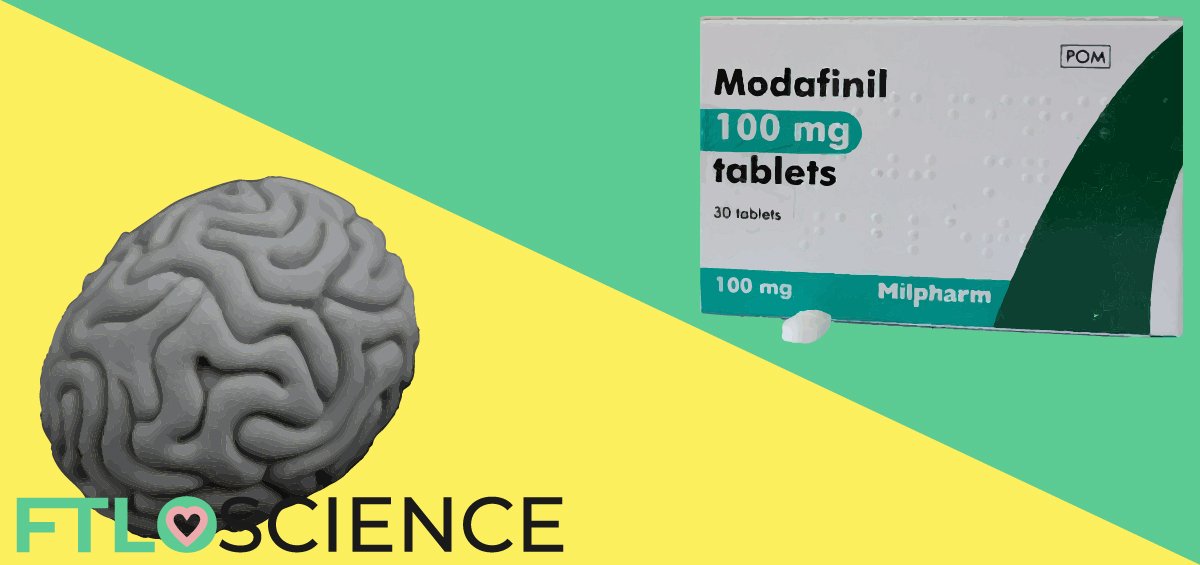Every element on the periodic table is as unique as the next, differing in color, toxicity, boiling points, magnetic properties, and of course, reactivity. Chemical reactivity is an important predictor of reactions, sometimes shown in a simplified form known as the reactivity series. Learn about it through a step-by-step demonstration of the famous ‘Silver Tree’ experiment that you can try at home!
The silver tree is a result of the different reactivities of metals. When we add copper metal to silver ions, the more reactive copper loses its electrons (is oxidized) to the less reactive silver (is reduced). The oxidized copper moves into the solution, while reduced silver becomes a solid. This silver metal is what causes the ‘tree’ to form.
Before we begin the demonstration, we need to give you a little background on the experiment. As with all well-written lab reports, it’s important to have an introduction that tells us what the reaction is trying to prove. In this case, it’s about how metals have different reactivities.
Metals Have Different Reactivities
The Reactivity Series
he most reactive metals include sodium and potassium which can react with cold water, catch fire and explode. Meanwhile extremely unreactive metals on the bottom—like gold and platinum—can even be found naturally in their pure metallic form due to their low reactivity1. Metals are nicely placed in order of most to least reactive in a list known as the reactivity

Extracting Iron from Ore
In the real world, we can take advantage of the reactivity series to do useful chemistry! An example is to use carbon is used to extract metallic iron from rocks (ore).
The iron ore found in nature is in the form of iron (III) oxide (also known as haematite). When we heat iron ore together with carbon, the more reactive carbon ‘steals’ oxygen atoms from the iron. The less reactive iron is happy to give up its oxygen atoms, forming iron metal and carbon dioxide as waste2.
Iron (III) oxide + Carbon → Iron + Carbon dioxide
2Fe2O3 + 3C → 4Fe + 3CO2
The reactivity series is a basic but useful tool for predicting displacement reactions—seeing if
Displacing Silver with Copper
The ‘Silver Tree’ demonstration provides a fantastic visualization of such reactions. From the reactivity series we see that copper is more reactive than silver, so we predict that copper will displace silver in a solution of silver nitrate:
Silver nitrate + Copper → Silver + Copper nitrate
2AgNO3 + Cu → 2Ag + Cu(NO3)2
Being extremely easy to set up, copper metal is added to a silver nitrate solution. Silver metal crystals grow out like beautiful fuzzy branches covered in sparkly leaves from the surface of the copper, giving the reaction the famous ‘Silver Tree’ moniker.
As an extra, the solution takes on a blue hue as copper nitrate is formed; perhaps comparable to the bleak blue sky on a winter’s day. Lovely. Definitely a festive experiment ready to celebrate the winter season with a sparkly snowflake-coated
Now, lets hop into the demonstration to see how we can do this at home! As always, safety first. The team recommends reading the risk assessment below if you plan on repeating the demonstration yourself.
The Silver Tree Reaction: A Demonstration
Risk Assessment
| Substance | Hazard Information |
|
Silver nitrate Solid | Oxidising/Corrosive/Environmental hazard Causes severe skin burns and eye damage; very toxic to aquatic life. If swallowed, it may cause internal damage due to absorption into the blood, followed by deposition of silver in various tissues3. |
| Copper Solid, wire | Low hazard Sharp edges can present a risk of cuts. |
| Copper (II) nitrate Solution, 0.2M – 0.02M | Irritant Irritating to skin and eyes. |
Author’s Personal Safety Notes:
- Gloves and goggles should always be worn when handling chemicals to protect your sensitive eyes and skin.
- Silver nitrate is extremely sensitive to light, causing decomposition. It can be very reactive so is best stored and handled away from bright light and other chemicals. Stains skin and clothes brown, protective gear such as a lab coat should be worn to limit skin exposure.
- Copper (II) nitrate is produced in the reaction which is harmful to ingest and irritating to the eyes. If in contact with eyes, immediately wash for at least 10 minutes. Prolonged contact is certainly not good, but from experience though if you get this on your skin it is hardly dangerous if washed off immediately. It clings to protein though, so contact with your hair or nails can stain them blue, with the stain only removed by cutting the dyed body part off!
Preparing The Silver Tree
Preparing the Silver Tree demonstration is simple. The reactants are only:
– 0.1M Silver nitrate solution4
– Thick copper wire
The concentration of the silver nitrate solution is not hugely important, but we recommend 0.1M. To prepare this, we weighed 1.36g of silver nitrate into a 100ml glass beaker.

Next, we added 80ml of distilled water to the beaker. The silver nitrate crystals were dissolved by giving them a good stir.

Wallah! 0.1M silver nitrate solution. Next up, the copper wire can be bent into shape and we’re ready to proceed.
Growth of the Tree, In Pictures
Once ready to begin, the copper wire can be lowered into the solution. We held it in place with a clamp – this way the copper doesn’t touch the bottom nor move around.

Now sit back, relax, and enjoy watching these sparkly crystals appear before your very eyes! The demonstration should last for 30 minutes to an hour, depending on the concentration of your silver nitrate solution5. The following pictures of our experiment were taken over the course of just over an hour:









It is a beautiful little experiment, although I will admit a little ugly near the end yet still extraordinary! The silver crystals grow as silver nitrate molecules and copper atoms collide, up until the surface of the copper wire is covered in silver crystals. At this point, the silver acts as a barrier to protect the copper inside from further reaction.
Instead, silver ions (Ag+) now pull electrons off the silver crystals themselves, which in turn removes electrons from the copper wire to produce copper ions (Cu+), thus setting up a simple electrochemical circuit6!
Explaining The Silver Tree Reaction
Redox (Reduction and Oxidation)
The Reactivity Series is great for predicting reactions such as the beautiful Silver Tree we just witnessed, but we can even go one step further. Here is the Silver Tree reaction equation again:
Silver nitrate + Copper → Silver + Copper nitrate
2AgNO3 + Cu → 2Ag + Cu(NO3)2
We can simplify the overall equation by removing ions that don’t lose or gain any electrons – spectator ions – which are not actually chemically involved in the reaction. In this
Silver ion + Copper → Silver + Copper ion
2Ag+ + Cu → 2Ag + Cu2+
By presenting the ‘bare bones’ of a chemical reaction, we can better see the movement of the electrons. Notice the silver ions with a positive charge became two silver atoms (without a charge). This suggests that each silver ion gains a single electron each to be converted from Ag+ to Ag; therefore two electrons were gained in total. Because the silver ions gained electrons, we say the silver was reduced.
Where do these two electrons come from? We see that the copper atom was converted from Cu to Cu2+; therefore two electrons were lost in total. Because the copper atom lost electrons, we say the copper was oxidised7.
Due to both reduction and oxidation occurring in this reaction, the Silver Tree is an example of a redox reaction, ‘redox‘ being short for ‘reduction and oxidation’. To help remember the difference between reduction and oxidation, there is a popular acronym:
OIL RIG
Oxidation Is Loss, Reduction Is Gain
Standard Electrode Potentials
Using our chemical detective skills, we deduced that copper lost two electrons to silver in the Silver Tree reaction. We can work out the fate of both the copper and silver ions in ionic half-equations:
Copper → Copper ion + Electrons
Cu → Cu2+ + 2e–
Silver ion + Electron → Silver
2Ag+ + 2e– → 2Ag
Not only do half-equations help put oxidation and reduction into perspective, but they also have predictive power like the reactivity series. Each reaction can be assigned a standard electrode
Cu2+ + 2e– → Cu ; E = +0.34V
Ag+ + e– → Ag ; E = +0.80V8
Copper has a lower standard electrode potential than silver at 0.34V, which indicates a more reactive metal. Think of it as the metal with a more negative standard electrode potential will be more willing to lose its negative electron(s).
The Electrochemical Series
By listing all half-equations in order of smallest (most reactive) to largest (least reactive) standard electrode potentials, metals can be compared just like the reactivity series and is likewise called the electrochemical series.

In the Silver Tree, the difference in potentials can be calculated between silver and copper. 0.80 – 0.34 = 0.46 V, which means the reaction is predicted to proceed. As a general rule, metals involved in a reaction with less than a 0.4 V difference in their standard electrode potentials are unlikely to react or do so extremely slowly.
Although it may seem to be a simple little experiment, the Silver Tree demonstration involves redox chemistry and does so with such beauty. With such an easy preparation to grow pure crystals of sparkly silver metal, this has to be a festive treat for all budding chemists!
This article was written by Samuel Hutchins-Daff.
Author’s Note: I hope you learned something interesting today and gained a little appreciation for this tried and tested chemistry demonstration—it would make my day if you did! If you have any further questions don’t hesitate to drop us an email here!
Reference
- Oxford English Dictionary, https://en.oxforddictionaries.com/definition/native_metal, (Accessed December 2018)
- BBC Bitesize, https://www.bbc.com/bitesize/guides/zpcdsg8/revision/4, (Accessed December 2018)
- CLEAPSS Student Safety Sheets, http://science.cleapss.org.uk/resource/student-safety-sheets-all.pdf, (Accessed December 2018)
- The Home Scientist, http://thehomescientist.blogspot.com/2010/04/experimehnt-silver-tree.html#, (Accessed December 2018)
- Walter R. Carmody, Jack Wiersma, J. Chem. Educ., 1967, 44 (7), p 417
- Royal Society of Chemistry, https://eic.rsc.org/exhibition-chemistry/displacement-reaction-of-silver-nitrate-and-copper-metal/2020046.article, (Accessed December 2018)
- Sam Holyman, David Scott, Victoria Stutt, OCR A Level Chemistry A Student Book 2, Pearson Education Limited, London, 2015
- HyperPhysics, http://hyperphysics.phy-astr.gsu.edu/hbase/Tables/electpot.html, (Accessed December 2018)
About the Author

This article was written by a contributor. For a full list of guest writers, click here.




